In my practice as a nutrition consultant, I am continually trying to support people in their struggle with foods that sabotage their health goals. In my own life I am constantly battling my own “sugar addiction.”
Eating and the desire to eat stimulate different mechanisms in the brain. Dopamine, the neurotransmitter I introduced in the last issue of Desert Health, motivates our behaviors and drives us toward food. Dopamine stimulates our sense of anticipation to recapture the emotion and remembered pleasure of a favorite or desired food. Dopamine is a survival neurotransmitter. The scientific realm part of this survival mechanism is known as “attentional bias,” which can be defined as “the exaggerated amount of attention that is paid to highly rewarding stimuli at the expense of other stimuli.”
The more rewarding the food, the greater attention we direct toward it and the more vigorously we pursue it. Compound this bias with our inherent preference for foods that feature characteristics (like sugar) larger or more exaggerated than what’s found in nature. Our ancestors survived by utilizing a preference for high calorie foods, but in today’s age of highly processed, high sugar foods, we are being led down a completely different path to disease, not survival.
Food science has proven that when layer upon layer of complexity is built into food, the dopamine elevation and desire to pursue that food even when not hungry is intensified. Sugar alone has been proven to cause surges of dopamine like certain drugs. A combination of chocolate, sugar and alcohol can cause one of the highest surges of dopamine, bringing the term “chocoholic” into a whole new light.
Dopamine stimulation is not only amplified by the consumption of the food itself, but also by cues and signals that the food is nearby. Since dopamine has a role in focusing our attention, pairing it with a reward that has a cue drastically affects behavior. In other words, the food creates a desire even if we are trying to avoid that food. For example, do you get hungry when you smell cookies baking or you see muffins in the coffee shop or thirsty when you hear the clink of ice cubes in a drink? We are bombarded with these cues daily.
In summary, here’s a review of the dopamine driven eating cycle: a cue triggers a dopamine release and surge, dopamine drives us to the food, eating the food releases opioids and then the production of both opioids and dopamine stimulate more eating. As the brain becomes more sensitive to the cues, we increase our anticipation of the rewarding food and can no longer control our response. We have literally become changed by the foods we eat.
Stay tuned for the next issue where I discuss the strategies to overcome this dopamine food cycle.
Deborah Schrameck is a wholistic kinesiologist, health coach, nutritional counselor and owner of Body Alive and can be reached at (760) 238.0625 or [email protected]. www.BodyAlive.us






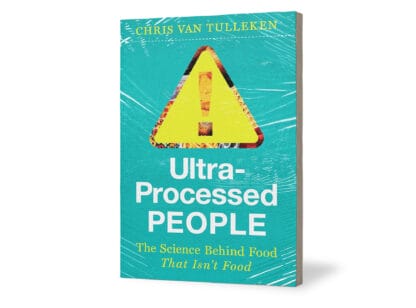

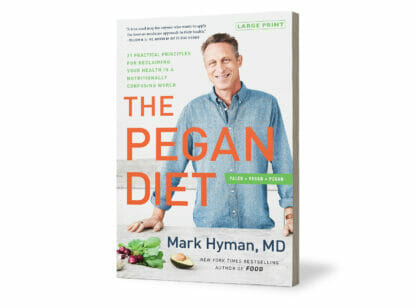


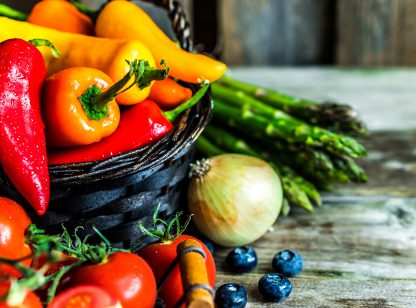


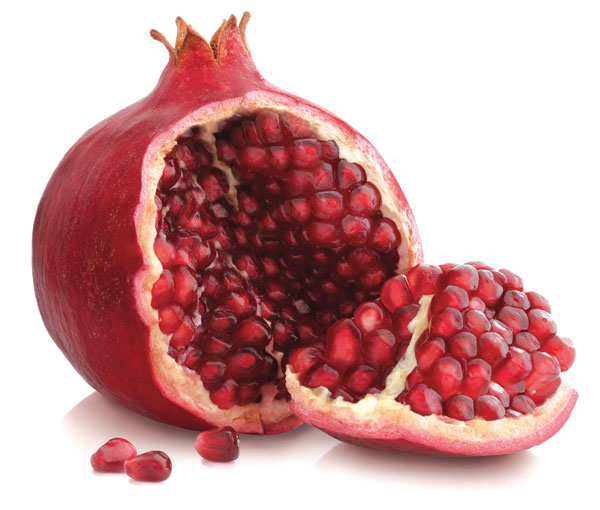


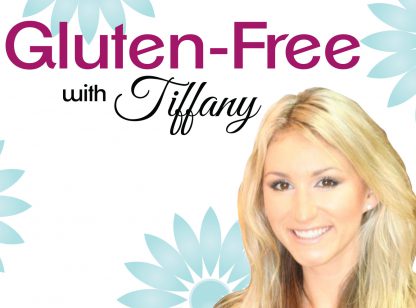


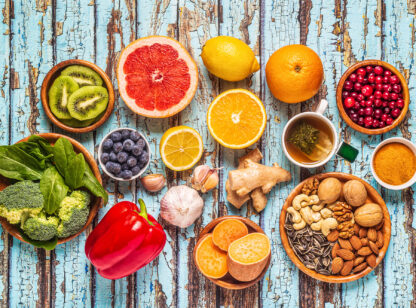

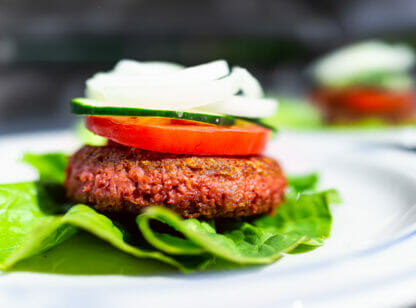
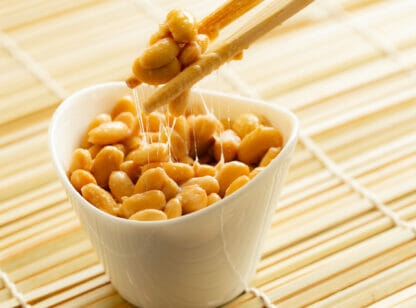




























Comments (0)